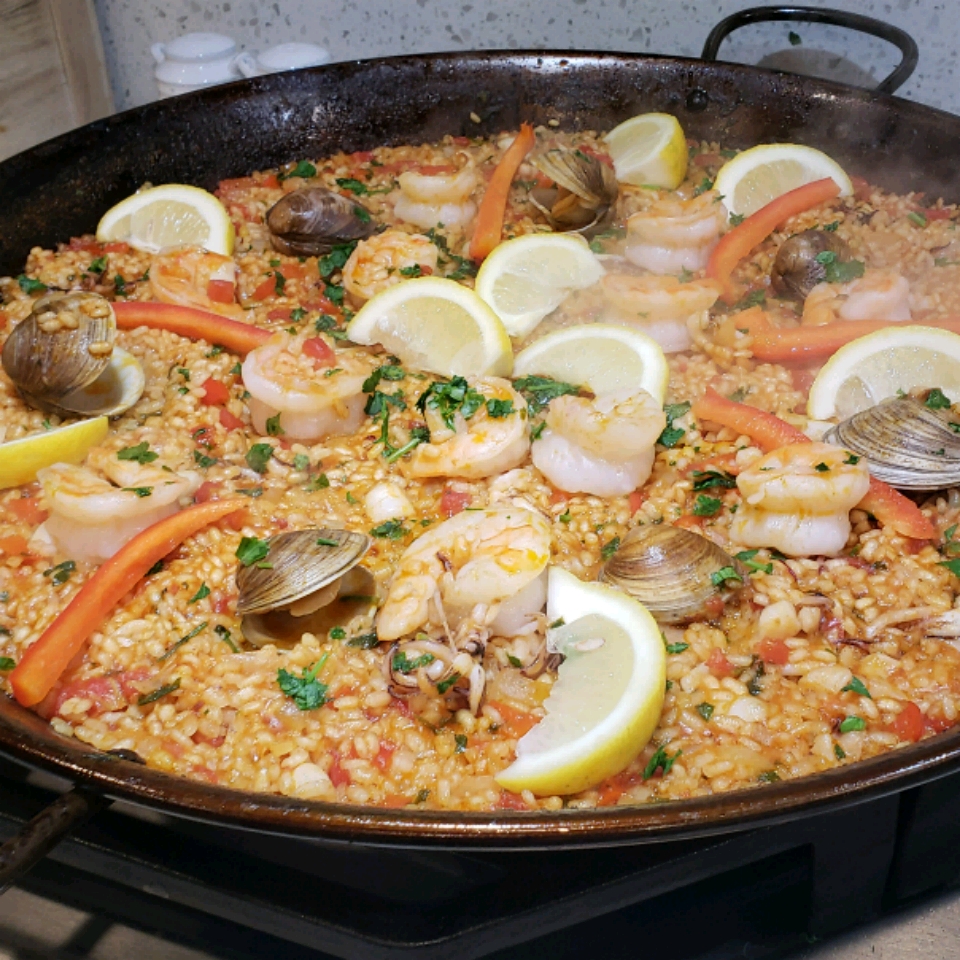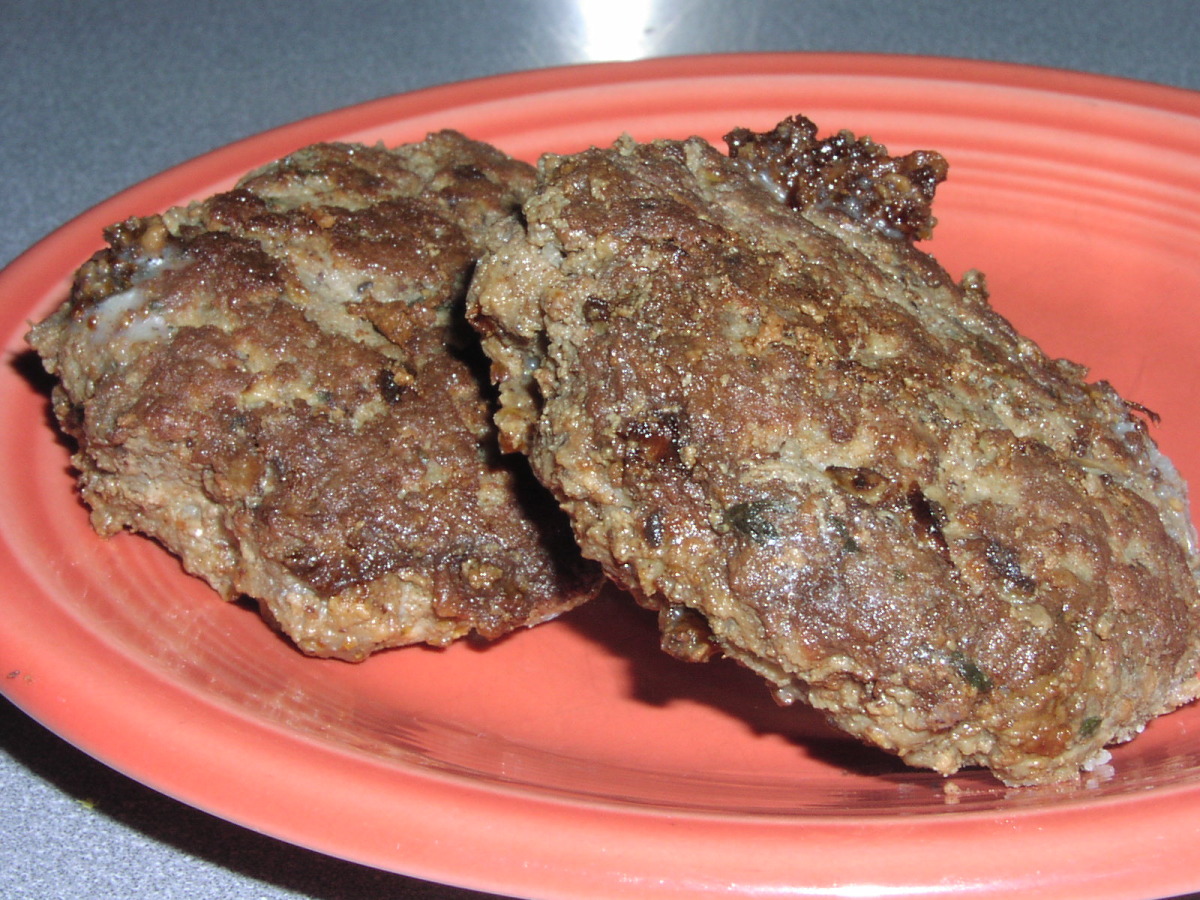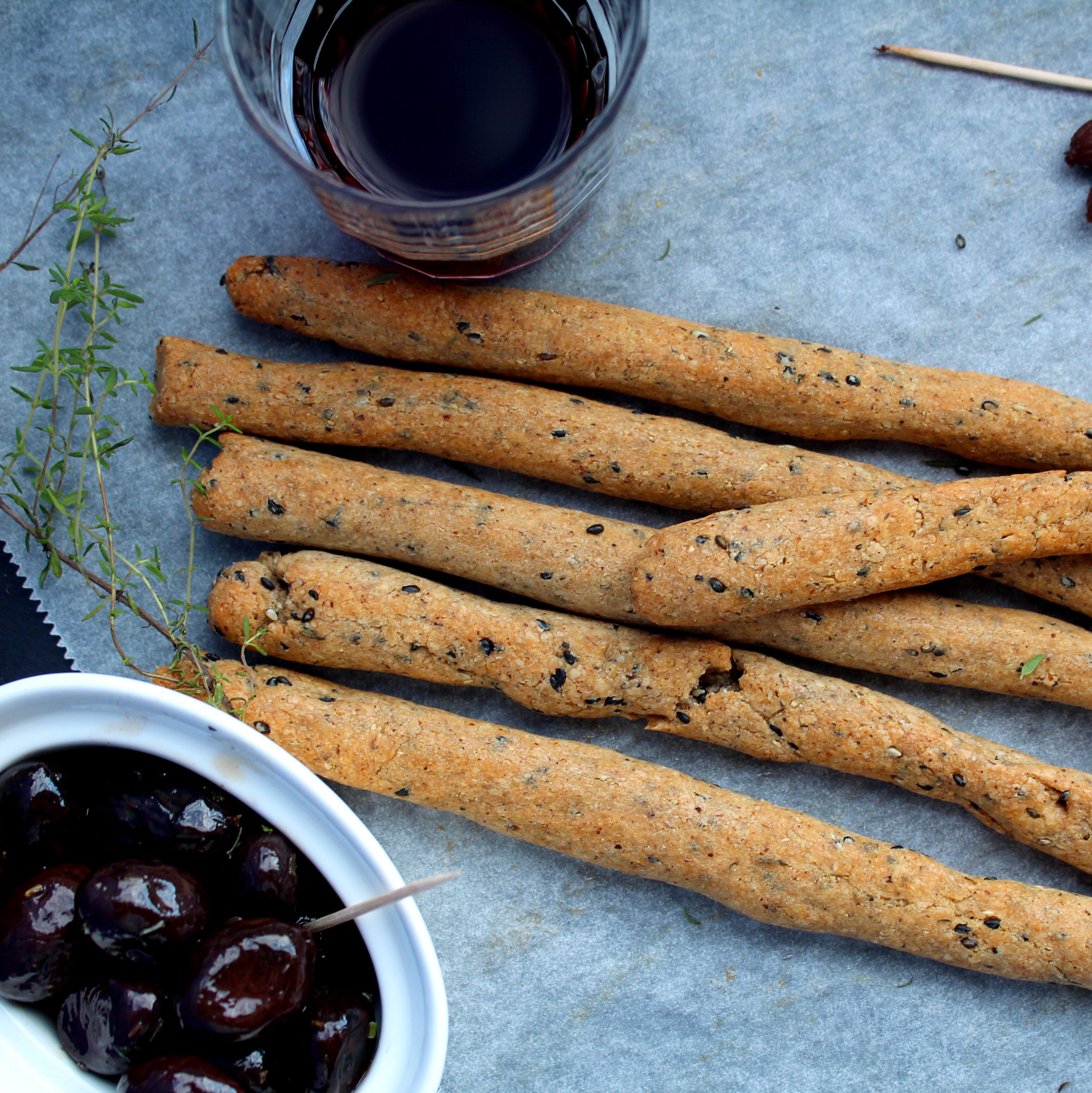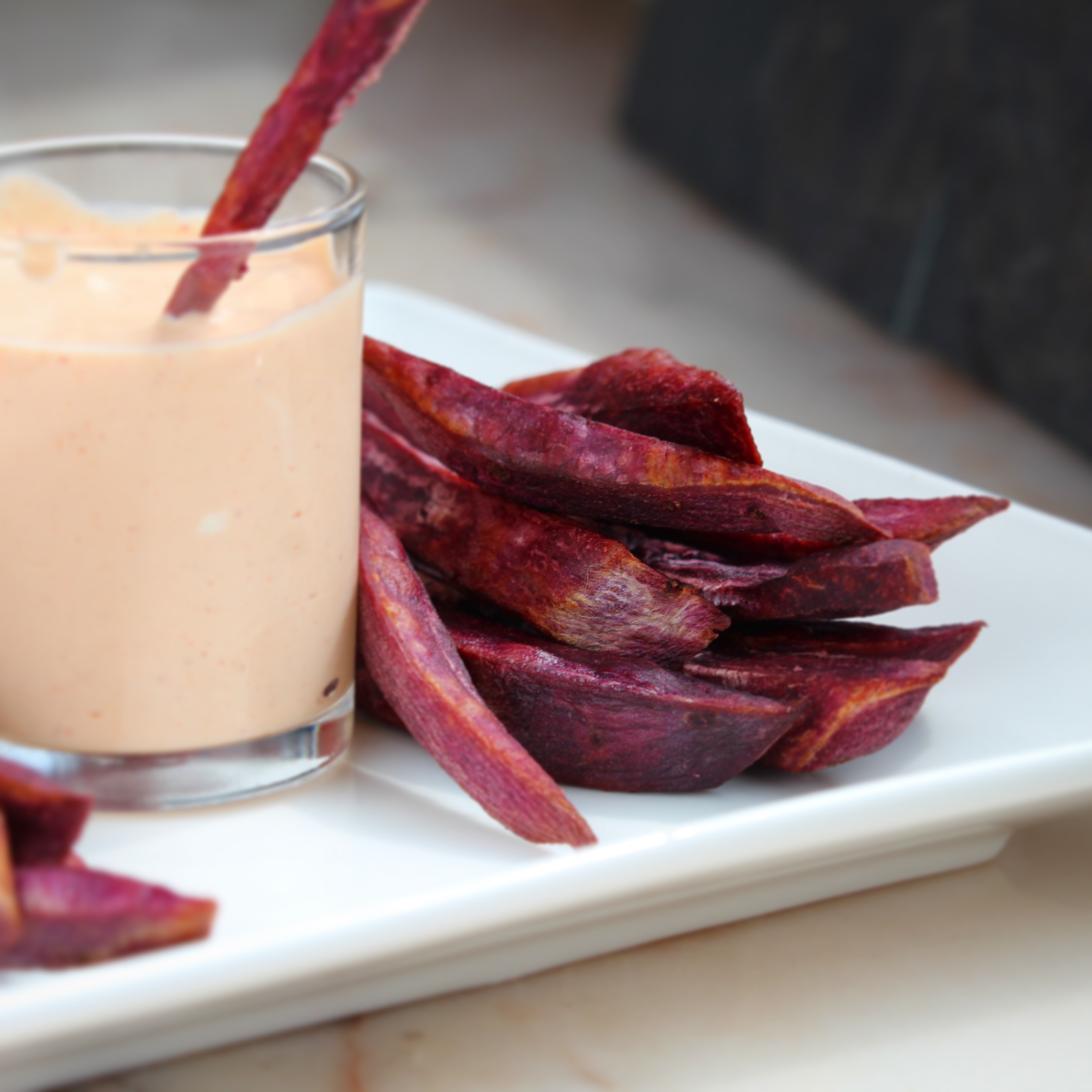Tortas Pasqualinas are a Ligurian specialty, a delicious and rich savory pie made with 33 layers of paper-thin dough, filled with a mixture of Swiss chard or spinach, eggs, ricotta or cottage cheese, and Parmigiano-Reggiano cheese. The origins of this dish are uncertain, but it is believed to date back to the 16th century. It is traditionally served during Easter and is a symbol of the Resurrection of Christ. The 33 layers of dough represent the 33 years of Christ's life. This article provides two recipes for making Tortas Pasqualinas: the Classic Torta Pasqualina, a traditional version with a filling of Swiss chard, eggs, ricotta cheese, and Parmigiano-Reggiano cheese; and the Erbazzone, a vegetarian version with a filling of spinach, eggs, Parmigiano-Reggiano cheese, and nutmeg. Both recipes include step-by-step instructions and helpful tips to ensure a perfect result.
Let's cook with our recipes!
TORTA PASQUALINA
For this version of the savory Italian Easter pie that originated in Liguria, I scaled down the traditional 33 layers of flaky olive oil crust to 12, as many modern cooks do. The filling is made with a combination of Swiss chard and baby spinach that I braise until dry -- it lets me skip the steps of blanching, squeezing and sauteing. I add a little yogurt to the ricotta to mimic the flavor and texture of tangy prescinseua cheese, often used in the torta but unavailable in the United States. Don't be afraid of the 12-layer crust! It's easier than you think and much more forgiving than regular pie dough.
Provided by Food Network Kitchen
Time 7h
Yield 8 to 10 servings
Number Of Ingredients 16
Steps:
- For the crust: Mix the flour and salt together in a large bowl and make a well in the center. Combine the oil and 1 cup water in a liquid measuring cup and pour into the well. Stir together with a fork to make a shaggy dough. Turn out on a work surface and knead until smooth and elastic, 2 to 5 minutes. Divide the dough into 12 equal pieces and roll each into a ball. Space the balls 1 to 2 inches apart on the worksurface or in a baking dish. Cover with a damp towel and let rest 1 hour.
- For the filling: Meanwhile, heat the oil and butter in a large pot over high. Add the onion, chard stems, 1/4 teaspoon salt and a few grinds of pepper. Cook until softened and dry, stirring occasionally, 5 to 6 minutes. Stir in the chard leaves, then the spinach, adding a little of the greens at a time and letting each batch wilt before adding more.
- Once all the greens are wilted, add the marjoram and 1/2 teaspoon salt. Lower the heat to medium and cook, stirring occasionally, until the stems and greens are tender and all the liquid has cooked off, 20 to 25 minutes. Transfer to a large cutting board to cool, about 30 minutes.
- Preheat the oven to 400 degrees F with a rack in the center and a large baking sheet set on the rack. Mix the ricotta, Parmigiano-Reggiano, yogurt, breadcrumbs, nutmeg and 2 of the eggs in a large bowl. Finely chop the greens and stir into the ricotta mixture.
- Brush the inside of a 9-inch round cake pan (at least 2 inches deep) with olive oil. Generously dust a work surface with flour and roll out 1 dough ball to 12 inches in diameter. (Keep the other dough covered.)
- Drape the dough round in the pan so the edges overhang by about 1 inch. (It's ok if it doesn't completely lay across the bottom of the pan, it will stretch as you add more layers.) Brush the edges with oil first to anchor them, then brush the rest of the dough. Roll another ball in the same way, lay it on top of the first and brush with oil the same way. Continue rolling, layering and brushing with 4 more balls of dough for a total of 6 layers, leaving the last layer unbrushed with oil. Gently spread the chard filling into the crust.
- Crack one egg into a ramekin. Make a 2-inch-deep-by-2-inch-wide indentation in the filling 1 inch from the edge of the pan using the back of the handle of a wooden spoon. Slide the egg into the hole. Repeat the process with 4 more eggs, spacing them evenly around the pan. Do not put an egg in the center. Sprinkle the eggs with salt and pepper.
- Roll another ball of dough to 12 inches in diameter. Lay it over of the filling with a 1 1/2-inch overhang and brush with oil. Repeat with the remaining 5 balls of dough leaving the top layer unbrushed with oil. Trim the overhang to 1/2 inch. Roll the overhanging edges over each other along the rim of the torta, tucking them in and pinching to seal. Beat the remaining egg in the ramekin and generously brush the top and edges of the torta.
- Place the torta on the preheated baking sheet and bake until puffed and golden brown and the internal temperature registers 150 degrees F when taken at the center, 70 to 80 minutes. (The edges will measure hotter.) Cool on a wire rack at least 4 hours. Serve slightly warm or at room temperature.
GREEN TOMATO PIE

This pie is a classic in the southern U.S. and is a spicy treat no matter where it's served!
Provided by By Betty Crocker Kitchens
Categories Entree
Time 1h55m
Yield 8
Number Of Ingredients 12
Steps:
- In medium bowl, mix 2 2/3 cups flour and 1 teaspoon salt. Cut in shortening, using pastry blender (or pulling 2 table knives through ingredients in opposite directions), until particles are size of small peas. Sprinkle with cold water, 1 tablespoon at a time, tossing with fork until all flour is moistened and pastry almost cleans side of bowl (1 to 2 teaspoons more water can be added if necessary).
- Gather pastry into a ball. Divide in half and shape into 2 flattened rounds on lightly floured surface. Wrap in plastic wrap; refrigerate about 45 minutes or until dough is firm and cold, yet pliable. This allows the shortening to become slightly firm, which helps make the baked pastry more flaky. If refrigerated longer, let pastry soften slightly before rolling.
- Heat oven to 425°F. With floured rolling pin, roll one pastry round into round 2 inches larger than upside-down 10-inch glass pie plate. Fold pastry into fourths; place in pie plate. Unfold and ease into plate, pressing firmly against bottom and side.
- In large bowl, mix sugar, 1/4 cup plus 3 tablespoons flour, the nutmeg and 1 teaspoon salt. Add tomatoes, lemon peel and lemon juice; toss to coat. Turn into pastry-lined pie plate. Cut butter into small pieces; sprinkle over tomatoes. Trim overhanging edge of pastry 1/2 inch from rim of plate.
- Roll other round of pastry. Fold into fourths and cut slits so steam can escape. Unfold top pastry over filling; trim overhanging edge 1 inch from rim of plate. Fold and roll top edge under lower edge, pressing on rim to seal; flute as desired. Cover edge with 2- to 3-inch strip of foil to prevent excessive browning.
- Bake 35 to 45 minutes or until crust is brown and juice begins to bubble through slits in crust, removing foil for last 15 minutes of baking. Serve warm.
Nutrition Facts : Calories 480, Carbohydrate 67 g, Cholesterol 5 mg, Fiber 2 g, Protein 5 g, SaturatedFat 6 g, ServingSize 1 Serving, Sodium 610 mg
Tips:
- Use fresh, high-quality ingredients. This will make a big difference in the flavor of your pie.
- Don't overwork the dough. Overworking the dough will make it tough.
- Chill the dough before rolling it out. This will make it easier to work with.
- Use a sharp knife to cut the vegetables. This will help to prevent them from tearing.
- Don't overcook the vegetables. Overcooked vegetables will be mushy and bland.
- Use a good quality cheese. The cheese is one of the main ingredients in this pie, so it's important to use a good quality cheese that you enjoy the taste of.
- Bake the pie until the crust is golden brown and the filling is bubbling.
Conclusion:
Torta Pasqualina is a delicious and festive pie that is perfect for Easter or any other special occasion. With its vibrant green filling and flaky crust, this pie is sure to impress your guests. So next time you're looking for a special dish to make, give Torta Pasqualina a try. You won't be disappointed!
Are you curently on diet or you just want to control your food's nutritions, ingredients? We will help you find recipes by cooking method, nutrition, ingredients...
Check it out »
You'll also love









